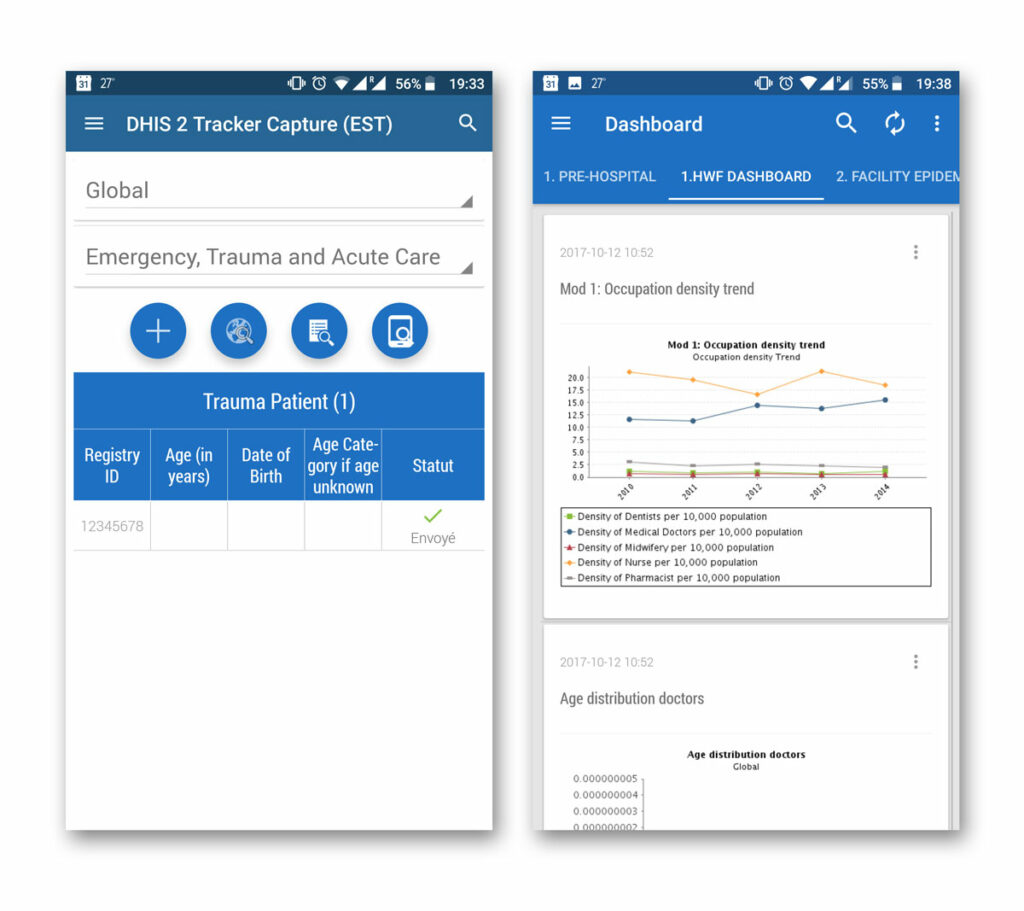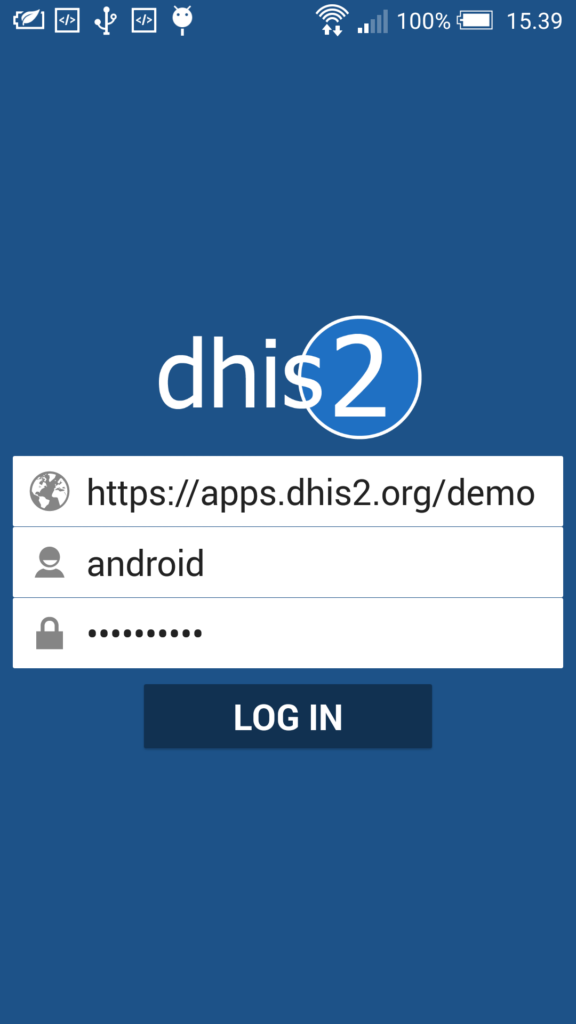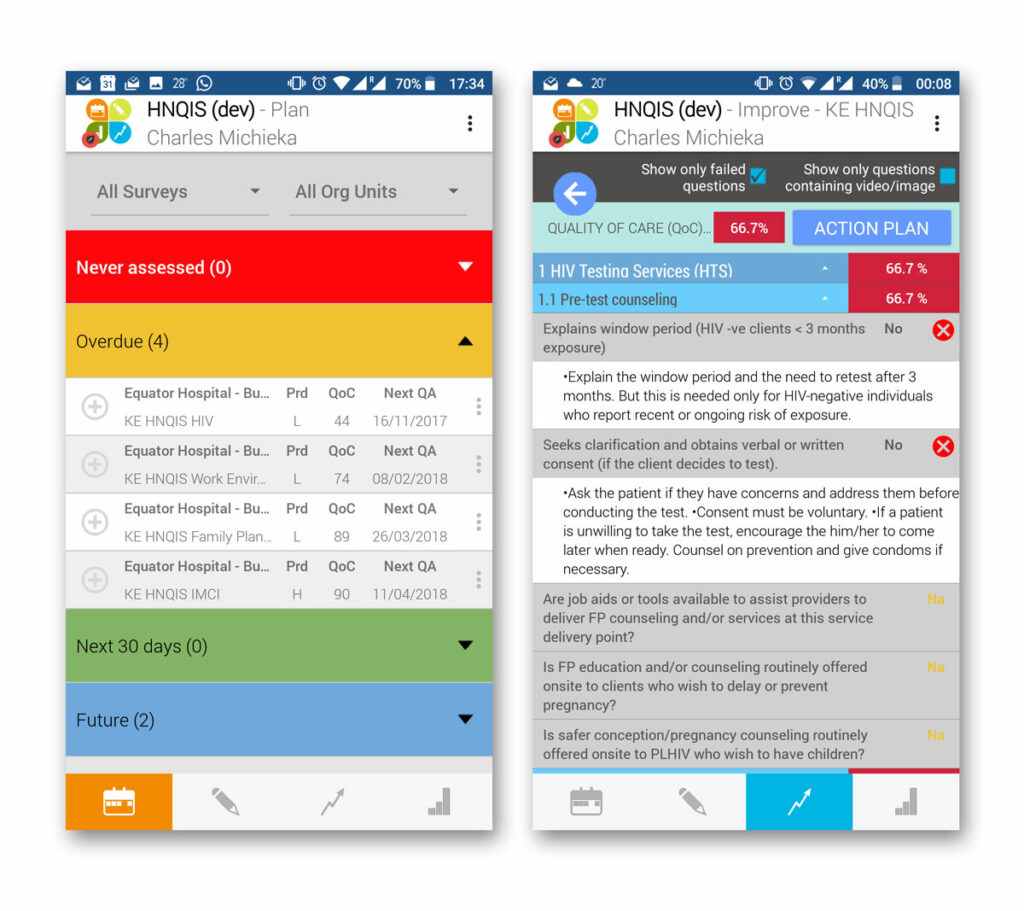Utilizamos cookies propias y de terceros para fines funcionales dirigidos a permitir la correcta navegación por nuestra página web, analizar cómo interactúa con nosotros, medir qué uso hace de los servicios que le proporcionamos y poder mejorarlos.
Para consentir su utilización y confirmar que ha leído la información proporcionada, pulse el botón “OK”.
Para revertir el consentimiento pulse el botón “Revoke” que podrá encontrar al pie de la página principal.
Puede obtener más información consultando nuestra Política de Cookies.
We use our own and third-party cookies for functional purposes aimed at enabling proper navigation on our website, analyzing how you interact with us, measuring your use of the services we provide, and improving them.
To consent to their use and confirm that you have read the information provided, click the "OK" button.
To withdraw your consent, click the "Revoke" button, which can be found at the bottom of the homepage.
You can find more information by consulting our Cookie Policy.
Política de Cookies / Cookie Policy































